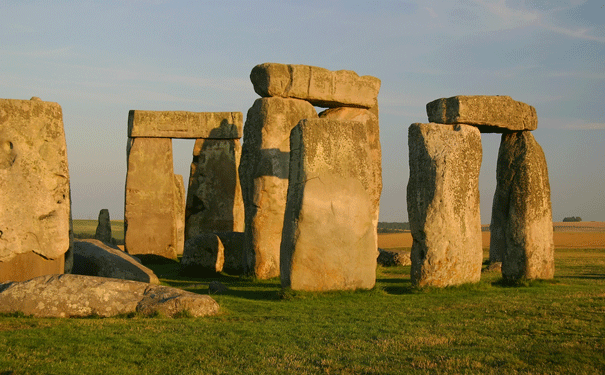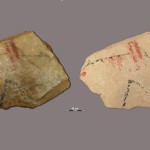
The stones are believed to represent some of Britain's early farming communities. Image: Bryan Busovicki/Shutterstock
Britain’s neolithic people pulled together to build this monument.
There have been numerous theories about Stonehenge’s original purpose, ranging from a burial ground to an early observatory. But British researchers from the Stonehenge Riverside Project have now rejected these theories and suggested that it was built as a monument to the unification of eastern and western Britain.
The research team examined both the monument itself and the social and economic context of the period of its construction, which is believed to have taken place between 3000 and 2500 BC.
There was a growing island-wide culture stretching from the Orkneys to the south coast at this time, according to Professor Mike Parker Pearson from The University of Sheffield, UK. This was a great change from the regionalism of previous centuries.
“Stonehenge itself was a massive undertaking, requiring the labour of thousands to move stones from as far away as west Wales, shaping them and erecting them,” he said. “Just the work itself, requiring everyone literally to pull together, would have been an act of unification.”
While the stone circle may not have served as a temple or observatory, Parker Pearson says it was built in a place that had special significance for these different communities. He and his colleagues found that its solstice-aligned Avenue is place on a series of natural landforms that form an axis between the directions of the midsummer sunrise and the midwinter sunset.
“When we stumbled across this extraordinary natural arrangement of the sun’s path being marked in the land, we realised that prehistoric people selected this place to build Stonehenge because of its pre-ordained significance.”
This may explain the eight monuments in the area with solstitial alignments- the site may have been seen at the centre of the world. The research team also found the site of a former stone circle — Bluestonehenge — as well as houses and a larger village nearby.
The team have also rejected the idea that the monument was inspired by the ancient Egyptians or extra-terrestrials. Britain’s communities had already been isolated from the rest of Europe and there are no signs of interest in interaction with people across the Channel.
Instead, the architectural influences can instead be seen in previous monuments and buildings within Britain. “Stonehenge appears to have been the last gasp of this Stone Age culture, which was isolated from Europe and from the new technologies of metal tools and the wheel,” Parker Pearson said.
Source: The University of Sheffield






